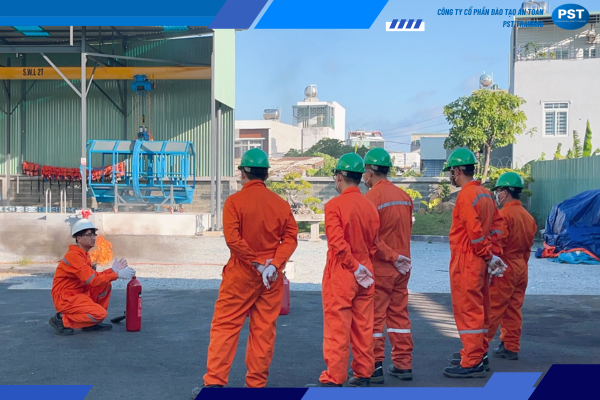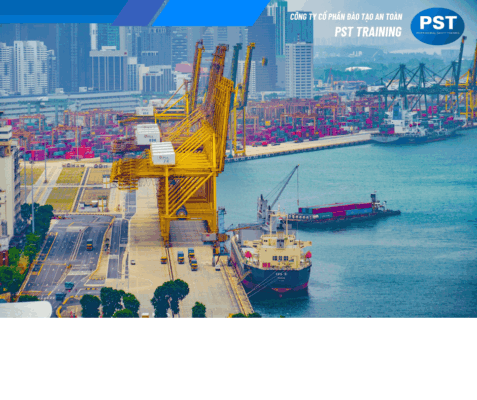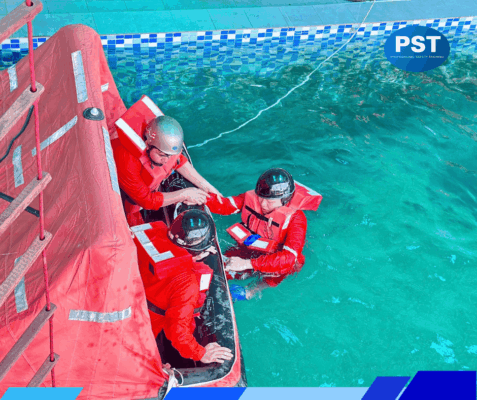Question: Who is required to participate in this Fire Prevention, Firefighting, and Rescue training?
Expert: The target groups are specified in Clause 1, Article 45 of the Law on Fire Prevention & Fighting and Rescue, and further detailed in Decree 105/2025/NĐ-CP. They include:
-
Heads of facilities.
-
Persons assigned to perform fire prevention and rescue duties at the facility.
-
Members of grassroots or specialized fire prevention and firefighting teams.
-
Workers in fire- and explosion-prone environments.
-
Certain state management personnel such as Chairmen/Vice-Chairmen of Commune People’s Committees, village heads, and residential group leaders with fire prevention responsibilities.
Question: What does the training program under Decree 105/2025/NĐ-CP include?
Expert: According to Article 28 of Decree 105/2025/NĐ-CP, the training is designed around four groups of knowledge and skills:
-
Legal regulations on fire prevention and rescue – including responsibilities of local authorities, facility heads, individuals, grassroots fire brigades, specialized teams, and civil defense forces; as well as fire and rescue safety requirements.
-
Fire prevention knowledge and skills – causes of fires; preventive measures in using electricity, open flames, heat sources, and flammable devices; management of firefighting equipment; inspection, operation, and use of fire protection devices.
-
Firefighting knowledge and skills – measures, tactics, and firefighting techniques; hands-on practice with firefighting equipment.
-
Rescue and escape knowledge and skills – tactics and techniques for evacuation and rescue; first aid; practice with rescue equipment.
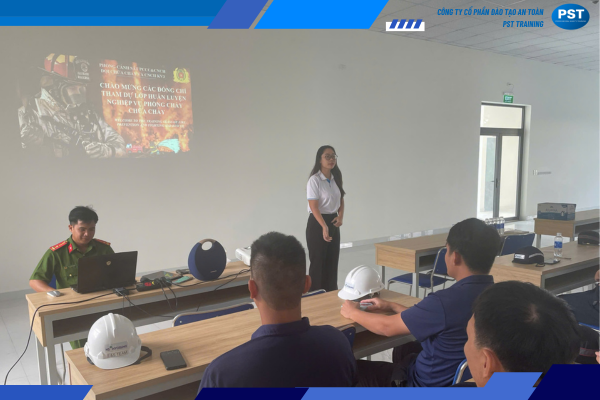
Question: How long does the training take?
Expert: According to Article 29 of Decree 105/2025/NĐ-CP:
-
Professional training: Minimum 24 hours, maximum 32 hours.
-
Refresher training: Minimum 8 hours, maximum 12 hours.
-
Periodic training: Retraining every 5 years; annual refresher courses are required.
Question: What is the training process?
Expert: The training process under Decree 105 consists of:
-
Preparation – Identifying participants, training content, location, and equipment.
-
Theory training – Legal regulations, fire prevention, firefighting, and rescue knowledge.
-
Practical training – Simulated drills: firefighting, evacuation, rescue, and first aid.
-
Assessment – Theoretical and practical examinations.
-
Certification – Issued to qualified participants, following the template of the competent authority.
Question: What are the legal consequences if a business fails to organize training or assigns untrained personnel to firefighting duties?
Expert: According to Decree 106/2025/NĐ-CP:
-
-
Fine of VND 4,000,000 – 6,000,000 for failure to provide annual refresher training for previously trained personnel.
-
Fine of VND 6,000,000 – 8,000,000 for assigning untrained personnel to fire prevention and rescue duties.
-
Remedial measure: Businesses are required to organize proper training or refresher sessions.
-
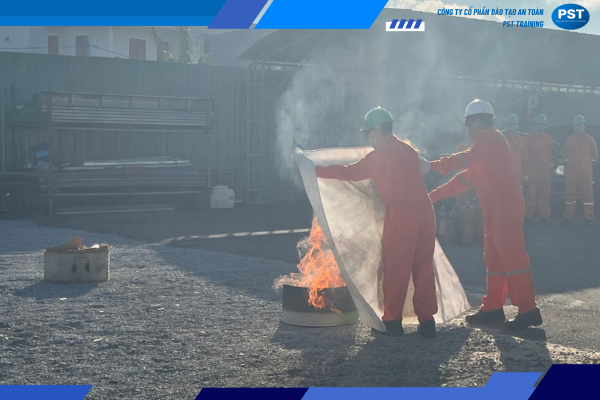
Question: How long is the training certificate valid?
Expert: The Fire Prevention and Rescue training certificate is valid for 5 years from the date of issuance, consistent with the periodic training cycle stipulated in Article 29 of Decree 105/2025/NĐ-CP. After expiration, retraining is required for renewal. Annual refreshers are mandatory.
Question: Beyond legal compliance, what benefits does this training bring to businesses and workers?
Expert: There are four key benefits:
-
Enhanced emergency response capacity – enabling quick incident handling and minimizing damage.
-
Protection of people and assets – reducing casualties and property losses.
-
Safer work environment – increasing employee and customer confidence.
-
Reduced legal risks – full compliance with Decree 105 and Decree 106, avoiding penalties.
Question: What should businesses prepare before training?
Expert: Businesses should:
-
Review the list of personnel subject to training.
-
Select a licensed training provider.
-
Prepare fire protection facilities and equipment for practice.
-
Arrange schedules to ensure full participation.
Question: What happens if the facility is found lacking equipment or violating fire safety regulations during training?
Expert: Depending on the severity, under Decree 106/2025/NĐ-CP, the business may be fined, required to immediately remedy violations, or even suspended. Therefore, it is best to inspect and supplement fire protection equipment before training. To ensure compliance and proper documentation, PST Training provides training programs aligned with the law and guided directly by the Fire Prevention and Rescue Police.
Question: Do you have any advice for businesses organizing Fire Prevention and Rescue training for the first time?
Expert: My advice: Do not view this training merely as a legal formality, but as an investment in safety and sustainability. Well-prepared training ensures everyone knows how to act correctly in the “golden moment” when an incident occurs.




